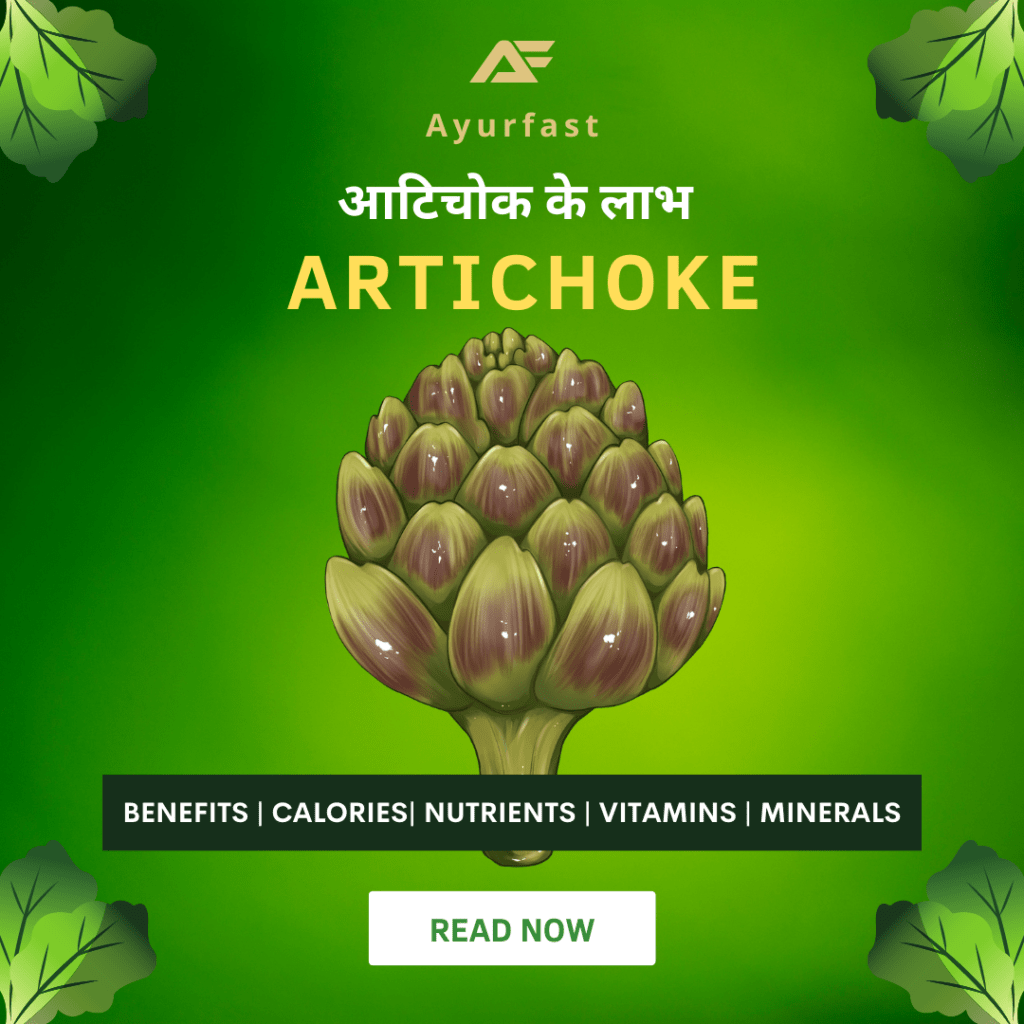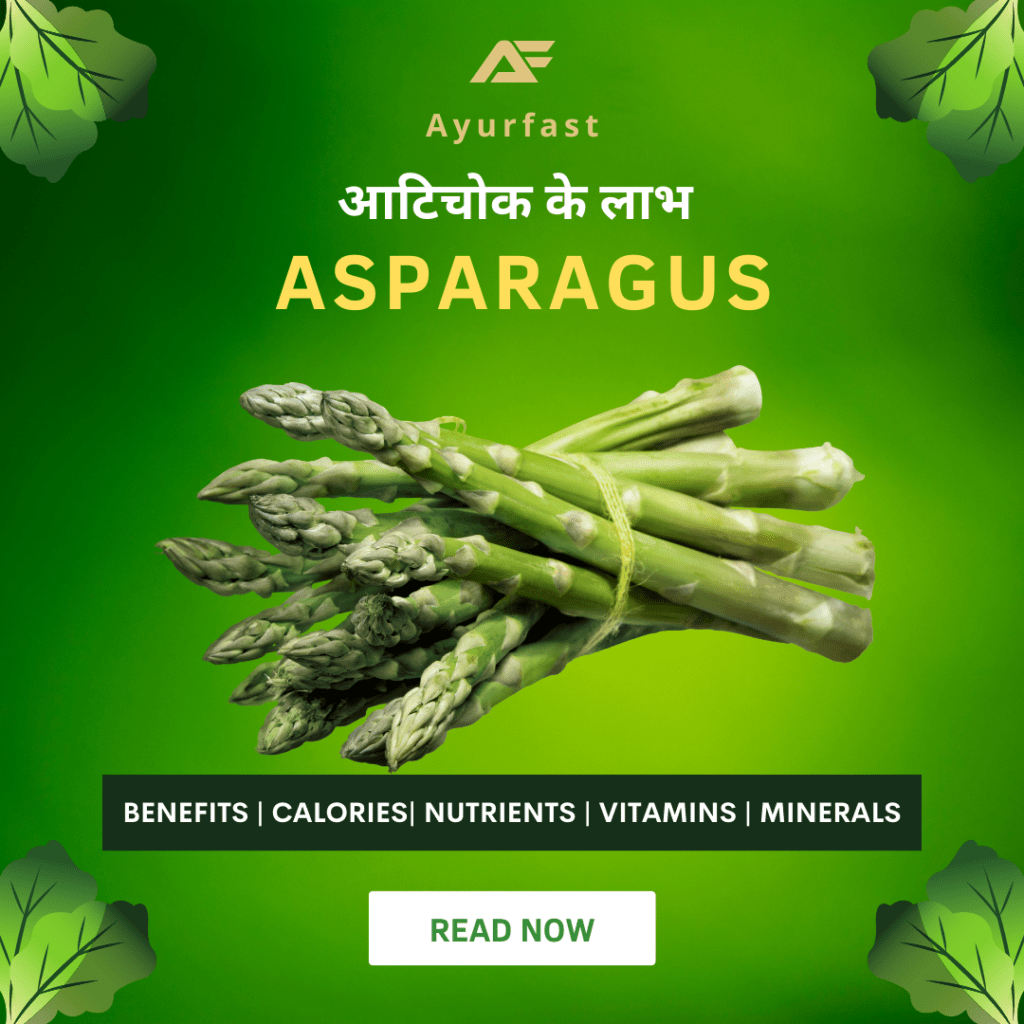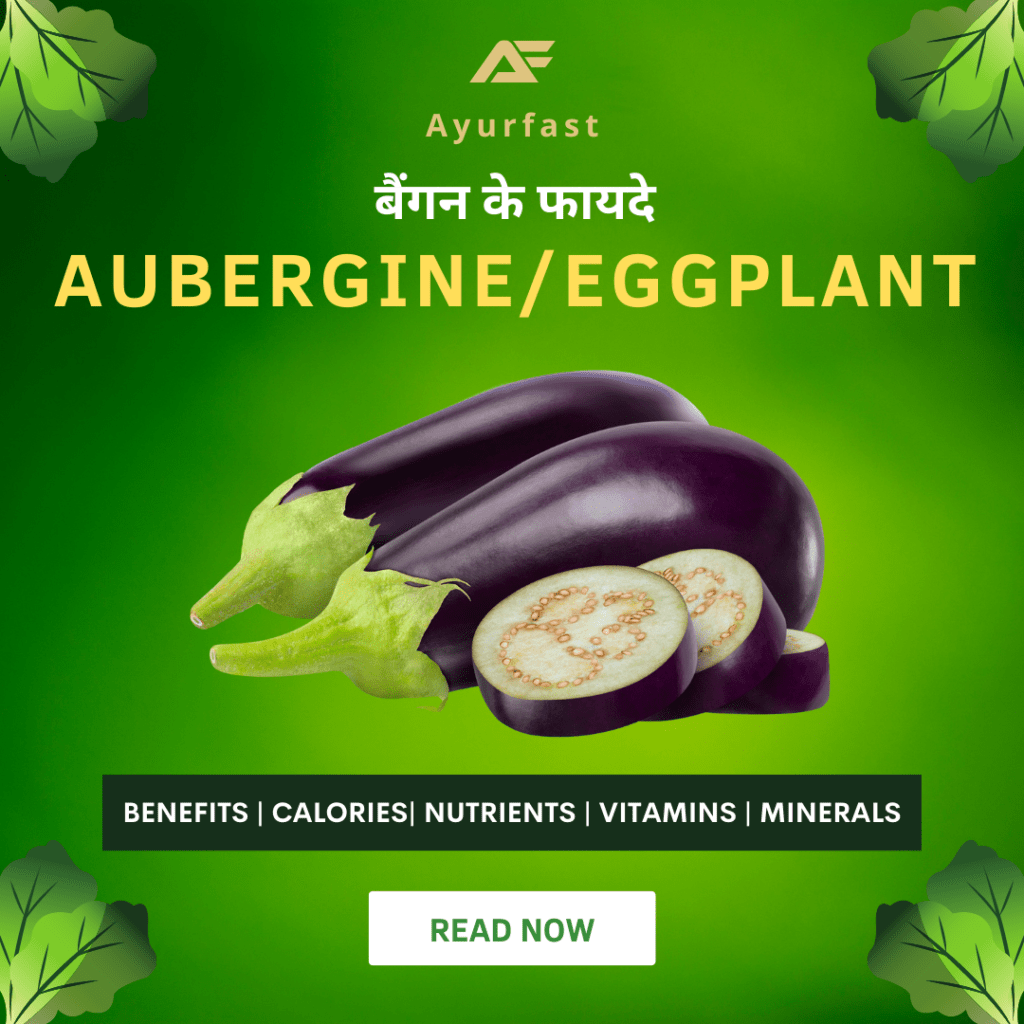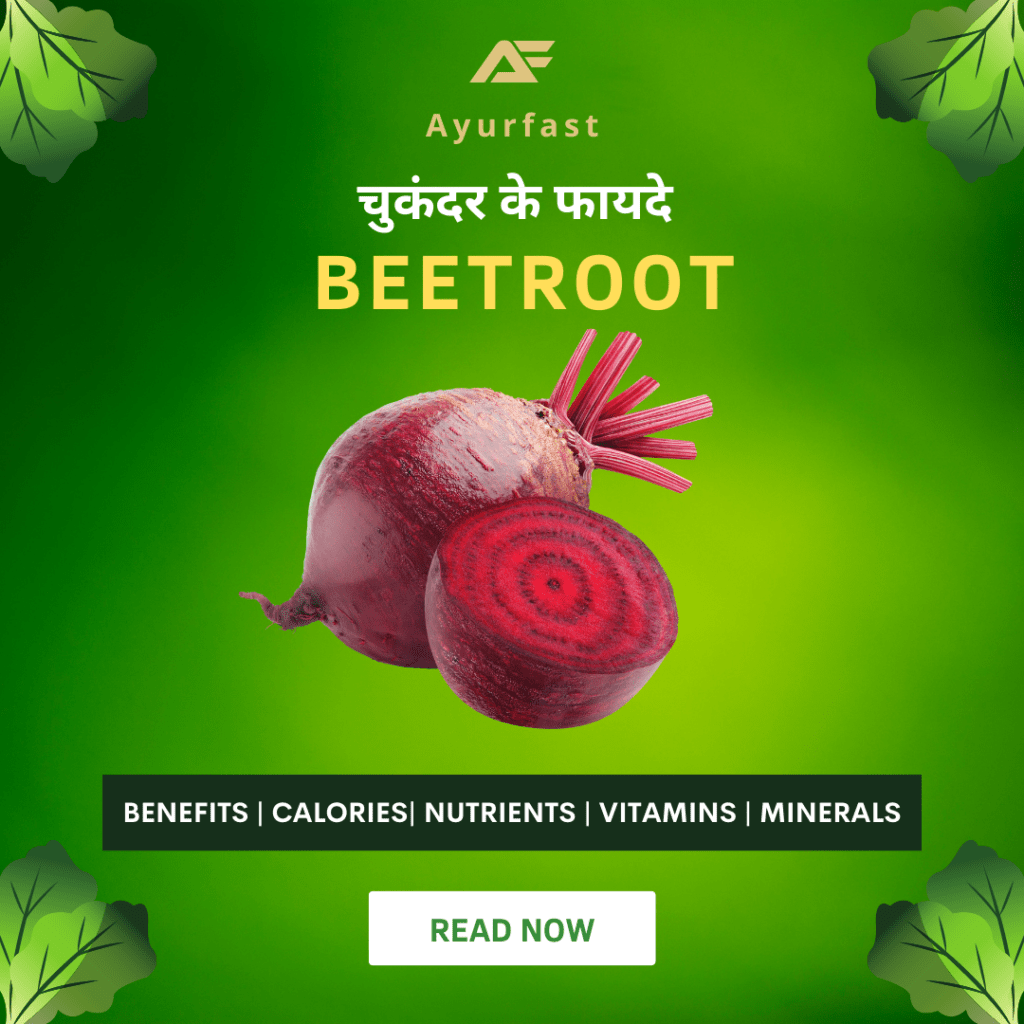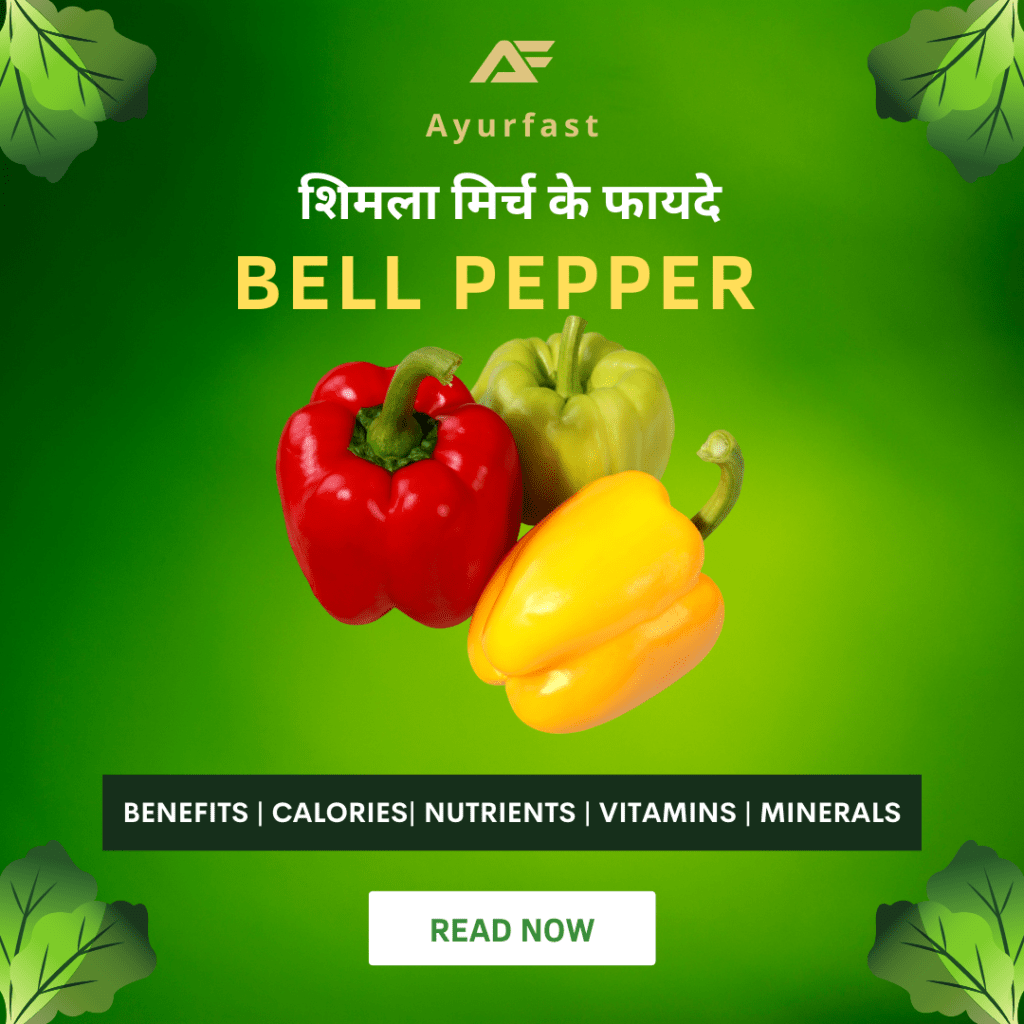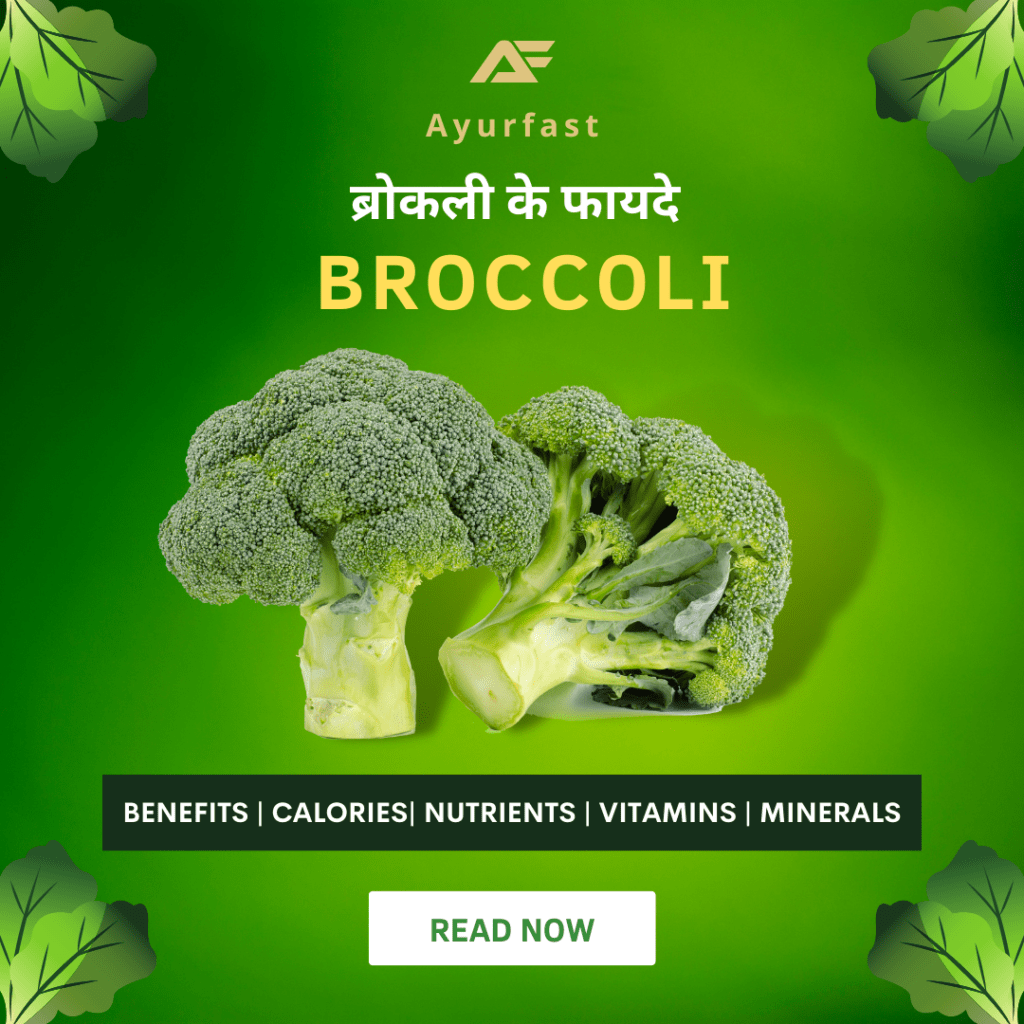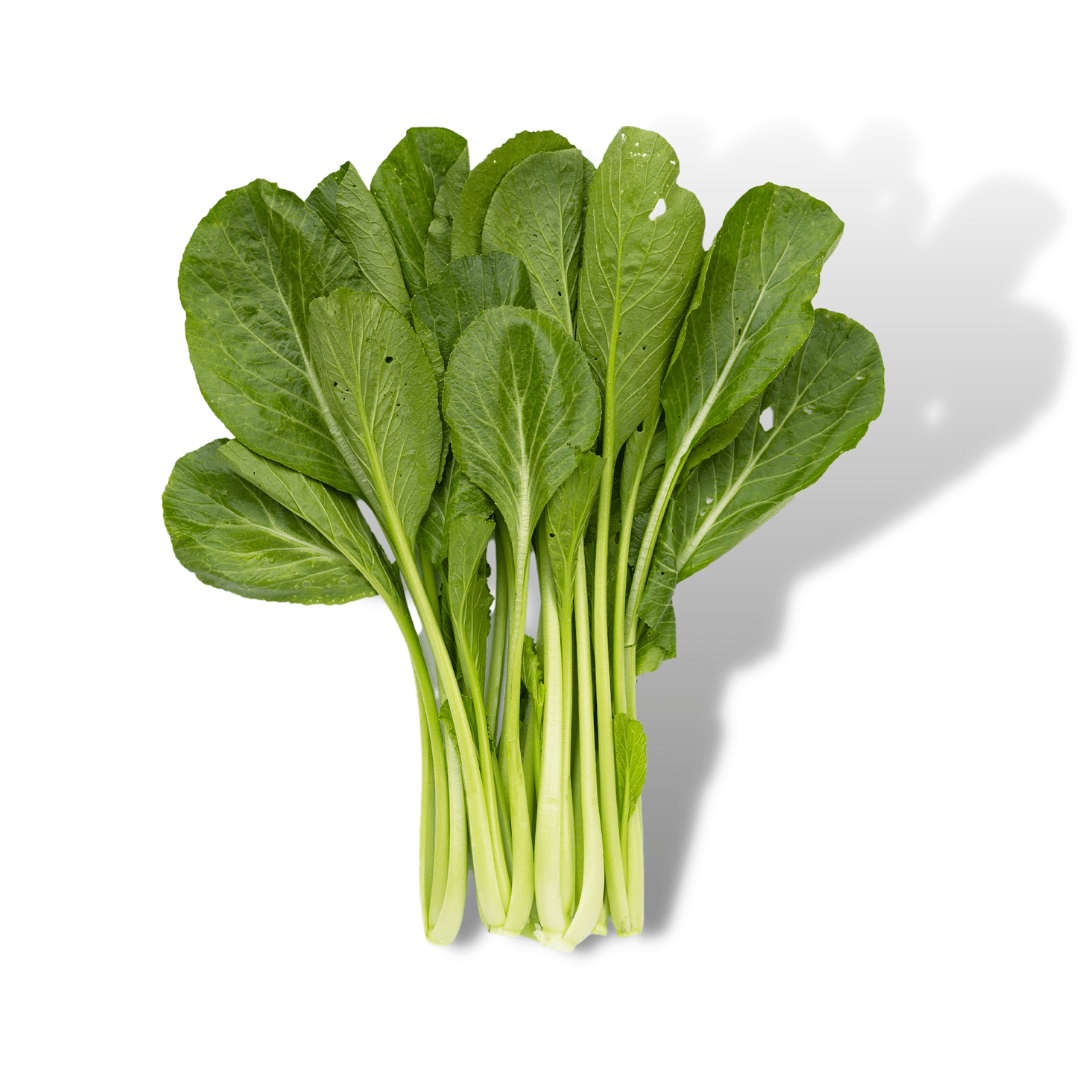
About
Collard greens are a leafy vegetable that belongs to the Brassica family, which also includes broccoli, cabbage, and kale. They have a mild, slightly bitter taste and are usually cooked before consumption. Collard greens are widely popular in the Southern United States and are often used in traditional dishes such as collard greens and ham hocks.
Health Benefits of Collard Greens:
- Rich in Nutrients: Collard greens are low in calories and high in nutrients. They are an excellent source of vitamins C and K, folate, calcium, and beta-carotene.
- Heart Health: Collard greens contain nutrients that can help improve heart health, such as fiber, potassium, and magnesium. They may also help lower cholesterol levels.
- Anti-inflammatory: Collard greens contain antioxidants that can help reduce inflammation in the body. Chronic inflammation has been linked to numerous health problems, including heart disease and cancer.
- Digestive Health: Collard greens are a good source of fiber, which can help promote digestive health and regularity.
- Cancer Prevention: Some studies suggest that the compounds found in collard greens may help prevent certain types of cancer, including colon and breast cancer.
Diseases that can be cured: It is important to note that no food can cure diseases, but a balanced and nutritious diet can help prevent and manage certain health conditions. Consuming collard greens as part of a healthy diet may help prevent chronic diseases such as heart disease, diabetes, and cancer.
Energy and Macronutrients per serving (50g)
| Nutrient | Amount |
|---|---|
| Calories | 11 |
| Carbohydrates | 2g |
| Protein | 1g |
| Fat | 0.1g |
| Fiber | 1g |
| Water | 44g |
Vitamins per serving (50g)
| Nutrient | Amount |
|---|---|
| Vitamin A | 756mcg |
| Vitamin B1 (Thiamine) | 0.03mg |
| Vitamin B2 (Riboflavin) | 0.02mg |
| Vitamin B3 (Niacin) | 0.3mg |
| Vitamin B6 | 0.03mg |
| Vitamin B12 | 0mcg |
| Vitamin C | 18mg |
| Vitamin D | 0mcg |
| Vitamin E | 0.2mg |
| Vitamin K | 303mcg |
| Folate | 47mcg |
| Biotin | 1.5mcg |
Minerals per serving (50g)
| Nutrient | Amount |
|---|---|
| Calcium | 63mg |
| Iron | 0.3mg |
| Iodine | 1mcg |
| Zinc | 0.1mg |
| Magnesium | 9mg |
| Phosphorus | 14mg |
| Potassium | 113mg |
| Sodium | 6mg |
| Chloride | 23mg |
| Copper | 0.02mg |
| Chromium | 0mcg |
| Fluoride | 1mcg |
| Molybdenum | 2mcg |
| Manganese | 0.12mg |
| Selenium | 0.2mcg |
What are the nutritional benefits of Collard greens?
Collard greens are packed with nutrients like vitamins A, C, and K, along with calcium, iron, and fiber, making them a highly nutritious choice for a healthy diet.
How can I cook Collard greens to retain their maximum flavor?
To preserve the flavor of Collard greens, consider sautéing them with garlic and olive oil or braising them with vegetable broth and spices.
Are Collard greens suitable for a vegetarian or vegan diet?
Yes, Collard greens are an excellent addition to vegetarian and vegan diets, providing essential nutrients without animal products.
Where can I find fresh Collard greens?
You can find fresh Collard greens at grocery stores, farmers' markets, and local produce stands.
How can I incorporate Collard greens into my daily meals?
You can use Collard greens in salads, smoothies, stir-fries, soups, and as a substitute for tortilla wraps.
Can Collard greens aid in weight loss?
collard greens are low in calories and high in fiber, making them a great addition to a weight loss plan.
Are there any specific health benefits associated with Collard greens?
Yes, Collard greens' nutrients contribute to improved digestion, bone health, and immune function.
How long can I store Collard greens in the refrigerator?
When stored properly, Collard greens can remain fresh for up to one week in the refrigerator.
Can I freeze Collard greens for later use?
Yes, you can blanch Collard greens before freezing them for longer storage.
Are Collard greens safe for individuals with gluten intolerance?
Yes, Collard greens are naturally gluten-free and safe for those with gluten intolerance or celiac disease.
What are some traditional dishes that feature Collard greens?
Collard greens are commonly used in dishes like Southern-style collard greens, collard green wraps, and collard green stir-fries.
Are Collard greens easy to digest?
Collard greens are generally easy to digest, especially when cooked until tender.
How do I select the freshest Collard greens at the store?
Look for bright green leaves with no signs of wilting or yellowing. The stems should be crisp and not slimy.
Can I use Collard greens in smoothies?
Yes, Collard greens can be added to smoothies to boost their nutritional value.
What are the differences between Collard greens and other leafy greens like kale or spinach?
Collard greens have a milder flavor and a thicker texture compared to kale or spinach.
Are there any unique regional recipes that use Collard greens?
Yes, Collard greens are a popular ingredient in many Southern dishes and African-American cuisine.
Are there any common allergens associated with Collard greens?
Collard greens are generally well-tolerated, but individuals with a history of oxalate-related kidney stones should consume them in moderation.
What is the best way to clean and wash Collard greens before cooking?
Rinse Collard greens thoroughly under cold running water and remove any dirt or debris before cooking.

